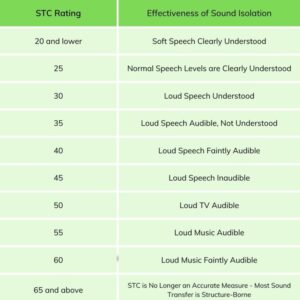We’ve talked about it before yet it bears repeating. Make sure you get a permit before you pound the first nail!
We have a client who is looking at an existing retail location in a multi-unit building that used to be a dry cleaner. Between the time I met with them and the time we signed the contract someone came along and told them they didn’t need a permit in order to finish out the space.
This couldn’t be further from the truth!
The client wants to create an office, put in a lobby with a secure entrance, place another wall and upgrade the restroom. Additionally they want to add some outlets, lights, maybe a couple ovens and move around some of the HVAC grilles.
This appears to be straight forward. However, the local building department needs to know what is going on in the space. For instance, the prior tenant was a drycleaner and the new tenant wants to open a cake shop. The occupancy has shifted from a Dry cleaner which is a B, business group occupancy, to a bakery which is an F-1, moderate hazard occupancy. This has building code implications and professionals need to be hired in order to protect the health, safety and welfare of the businesses’ employees, customers and the adjacent units.
For example, once under construction the wiring will have to be inspected to make sure that it is up to current standards. If a tenant just goes and starts building they may hire an inexperienced electrician. Then in turn the wiring isn’t inspected and what seems like an easy job has just caused a fire that will cause property damage and possibly claim a life.
Additionally we need to know how many people will be in the space so that we can be sure that there are enough exits out of the space and that they are identifiable.
At the very least if someone notices the construction and doesn’t see a posted permit they can report that activity to the building department. They can in turn put a stop to the construction and possibly require that all the new work be removed. Then require a set of drawings for review. Now you have lost time and money.
The bottom line is to not risk building without a permit.










